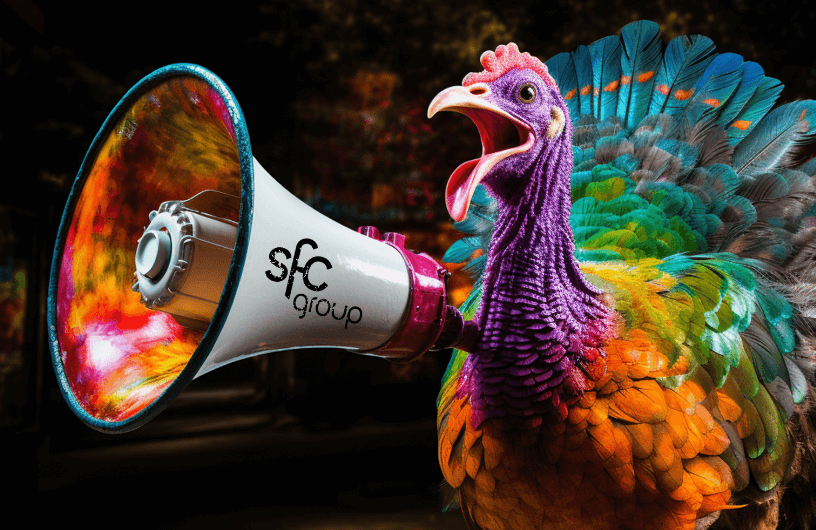

Turkey Talk: Dishing on Digital Ad Jargon
Have you ever been bombarded by a litany of acronyms? Or been left wondering what the heck this means?
Whether you’re new to the industry or are simply tired of deciphering the jargon, we got you. Here’s a crib sheet to help you navigate digital ad-land lingo.
